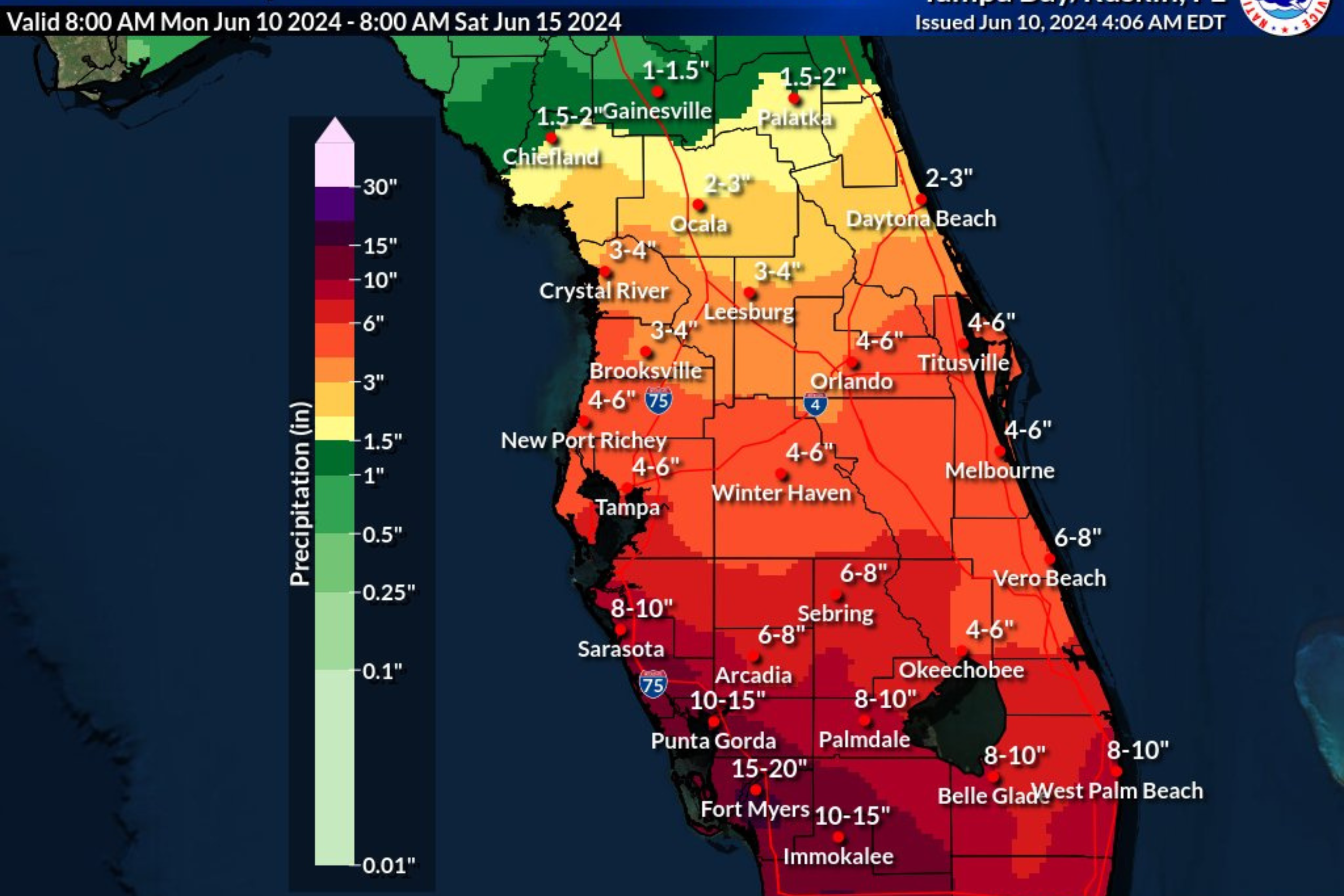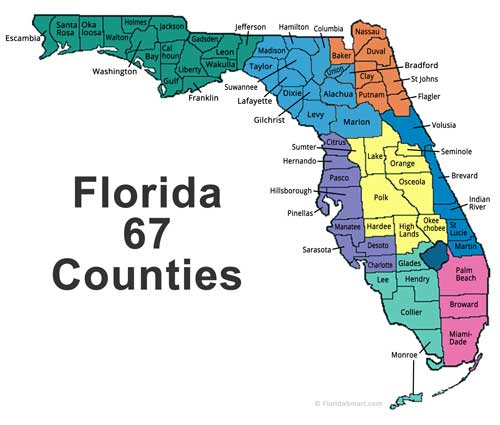Florida, known for its sunny beaches and warm climate, also has a special time of year that everyone should know about: the rainy season. For those wondering, “when is rainy season in Florida?” let’s dive deep into what this means for residents and visitors alike. Understanding the rainy season can help you plan better, whether you’re going on vacation, living in the state, or just curious about Florida’s weather patterns.
Understanding Florida’s Climate
Before we get into the details of the rainy season, it’s important to understand Florida’s overall climate. Florida is located in the southeastern part of the United States and enjoys a tropical climate. This means it has hot summers, mild winters, and plenty of sunshine throughout the year. However, with all that sunshine comes a bit of rain, especially during certain times.
Florida has two main seasons: the dry season and the rainy season. The dry season typically runs from November to April, while the rainy season takes place from May to October. During this time, Florida experiences more rain, higher humidity, and thunderstorms. Knowing when the rainy season in Florida is helps everyone be prepared.
When Does the Rainy Season Start and End?
So, when exactly is the rainy season in Florida? It usually starts in late May and continues through October. This time frame can vary slightly depending on where you are in the state. In South Florida, for example, the rainy season might begin a little earlier and last longer than in the northern parts.
The Month-by-Month Breakdown
To give you a clearer picture, let’s break it down month by month:
- May: The rainy season often kicks off in late May. You might notice more afternoon showers and thunderstorms. These storms can pop up quickly but usually don’t last long.
- June: June typically sees more consistent rainfall. Afternoon storms become more common, and you may experience heavy downpours. The heat and humidity also rise during this month.
- July: July is often one of the wettest months in Florida. Expect daily thunderstorms, particularly in the afternoons. The rain can provide a refreshing break from the summer heat.
- August: August continues the trend of rainy weather. Thunderstorms are still frequent, and the humidity remains high. This is also hurricane season, so it’s essential to keep an eye on the weather.
- September: September is usually still quite rainy. The humidity remains, and storms can be intense. This is also when hurricanes can form, so staying informed is crucial.
- October: By October, the rainy season starts to wind down. While you may still get rain, the frequency and intensity begin to decrease. The weather starts to cool off a bit as fall approaches.
Why Does It Rain So Much?
You might be wondering why it rains so much during this season. The answer lies in Florida’s geography and climate. Warm air rises, and when it meets cooler air, it causes moisture to condense and form clouds. This process leads to thunderstorms, which are common during the summer months.
Additionally, Florida is surrounded by water on three sides, which contributes to its humid conditions. The combination of heat, humidity, and sea breezes creates the perfect environment for thunderstorms to develop, especially in the afternoon.
The Effects of the Rainy Season
Understanding when the rainy season in Florida occurs is essential because it impacts many aspects of life in the state. Here are a few ways the rainy season affects Floridians and visitors:
Agriculture
Florida is known for its agriculture, particularly citrus fruits. The rainy season provides the much-needed water that crops rely on. Farmers welcome the rain as it helps their crops grow, but they also have to be cautious about heavy downpours that can cause flooding.
Tourism
For tourists planning to visit Florida, understanding the rainy season is vital. Many people flock to Florida for its beaches and outdoor activities. While rain can be a downside, it often comes in short bursts. Mornings can be sunny, with rain arriving in the afternoons. Tourists should plan their activities accordingly to make the most of their time.
Wildlife
The rainy season also plays a critical role in Florida’s ecosystems. Many animals depend on the rain for their habitats. Wetlands and swamps fill up, providing a rich environment for various species. This time of year is excellent for birdwatching, as migratory birds often arrive in Florida to take advantage of the abundant water sources.
Water Supply
Rainfall during the rainy season is crucial for replenishing Florida’s freshwater supplies. Lakes, rivers, and aquifers benefit from the increased rainfall, which is vital for drinking water and maintaining the state’s natural ecosystems.
Preparing for the Rainy Season
If you’re living in Florida or planning to visit during the rainy season, there are a few tips to help you prepare:
1. Stay Informed
Weather can change quickly during the rainy season. Keep an eye on local forecasts to stay updated on potential storms. Apps and weather websites can provide real-time information.
2. Plan Your Activities
Consider planning outdoor activities for the morning when it’s usually drier. If you know rain is likely in the afternoon, you can adjust your plans accordingly.
3. Be Prepared for Thunderstorms
During the rainy season, thunderstorms are common. Know what to do if you’re caught outside during a storm. Seek shelter in a sturdy building, and avoid open fields and tall trees.
4. Pack Accordingly
If you’re visiting Florida during the rainy season, pack a light rain jacket or an umbrella. Having these items on hand will help you stay comfortable if you encounter unexpected rain.
Enjoying Florida During the Rainy Season
Despite the rain, there are still plenty of fun activities to enjoy in Florida during the rainy season. Here are a few ideas:
Indoor Attractions
Florida is home to many indoor attractions that can keep you entertained when it rains. Visit museums, aquariums, and art galleries to learn something new. Places like the Orlando Science Center and the Florida Aquarium in Tampa offer fun experiences away from the rain.
Theme Parks
Many of Florida’s famous theme parks, like Walt Disney World and Universal Studios, remain open during the rainy season. These parks often see fewer crowds during afternoon showers, allowing you to enjoy shorter wait times for rides.
Explore Nature
If you’re up for an adventure, consider exploring Florida’s unique ecosystems. Parks like the Everglades can be beautiful even during the rainy season. Just be sure to wear waterproof shoes and be mindful of sudden weather changes.
Local Festivals and Events
Florida hosts numerous festivals and events throughout the year. Check local calendars for happenings during your visit. Many events go on rain or shine, and you might discover something fun and unique!
Conclusion
In summary, understanding “when is rainy season in Florida” is essential for anyone spending time in this beautiful state. The rainy season runs from late May to October, bringing with it daily thunderstorms and higher humidity. However, with a little preparation and planning, you can still enjoy everything Florida has to offer.
Whether you’re a resident or a visitor, knowing what to expect during the rainy season allows you to make the most of your time. Embrace the rain, enjoy the lush landscapes, and make unforgettable memories in the Sunshine State!





